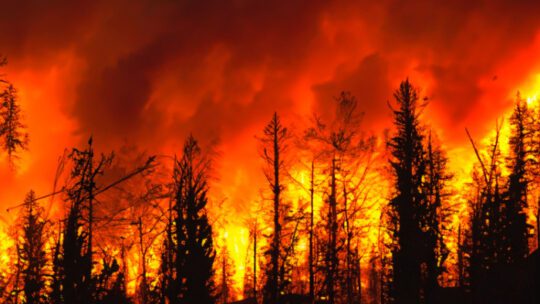
Maui continues to reel from wildfires that are now the deadliest in the U.S. in more than a century. It has been widely reported that in the hours leading up to the deadly Lahaina wildfire last week, Maui’s all-hazard sirens did not alert residents, and officials apparently relied on social media posts that reached just a small fraction of the population.
The warning sirens are just one element of response efforts that are being investigated by the Hawai’i Attorney General’s office and other officials.
Communications Coordination
Alongside the inquiry into what caused the devastating fire are arguably more important questions, including why warnings could have so utterly failed. Why the only highway out of town was barricaded, forcing people into harm’s way. Why contradicting messages were posted on social media. How power outages contributed to communications problems.
At first blush there appears to be plenty of blame to go around, but it will be several months, at best, before the results of the investigations are known.
For an outsider looking in, it appears that there was a significant lack of coordination across multiple agencies. This may or may not be true. As recently as August 1, sirens were tested and initially failed in three counties. What is unclear is whether officials had planned for and held drills to prepare for a fast-moving disaster like a wildfire.
Disaster Preparedness
Inevitably, whenever a large-scale natural disaster strikes, the response is criticized as too little, too late, ill-prepared, inadequate. Climate change is impacting when, where and how significantly natural disasters will threaten life and property.
Effective disaster preparedness is more important than ever, for response agencies and other organizations alike. Coordinated, integrated and frequently tested communication plans are a critical element of effective disaster preparedness. Preparing a plan is not enough, though, we have to make sure it works as intended. Even the best written crisis plans will fail if not regularly tested and drilled.
Where to start? Learn more about the National Incident Management System (NIMS) and how building a disaster response plan with a similar structure can support planning and preparedness. The NIMS guiding principles are flexibility, standardization and unity of effort. NIMS key characteristics are:
- Common Terminology
- Modular Organization
- Management by Objectives
- Incident Action Planning
- Manageable Span of Control
- Incident Facilities and Locations
- Comprehensive Resource Management
- Integrated Communications
- Establishment and Transfer of Command
- Unified Command
- Chain of Command and Unity of Command
- Accountability
- Dispatch/Deployment
- Information and Intelligence Management
Becoming familiar with how NIMS works will help you assess and improve your crisis response and communications plans. Visit the FEMA training website to learn more about NIMS training. Many classes are free and offered online.
Finally, if you’d like to help those devastated by the fires, consider making a donation to one of these trustworthy nonprofit organizations to help out. Every dollar helps.
Deb Hileman, SCMP, is president and CEO, Institute for Crisis Management
